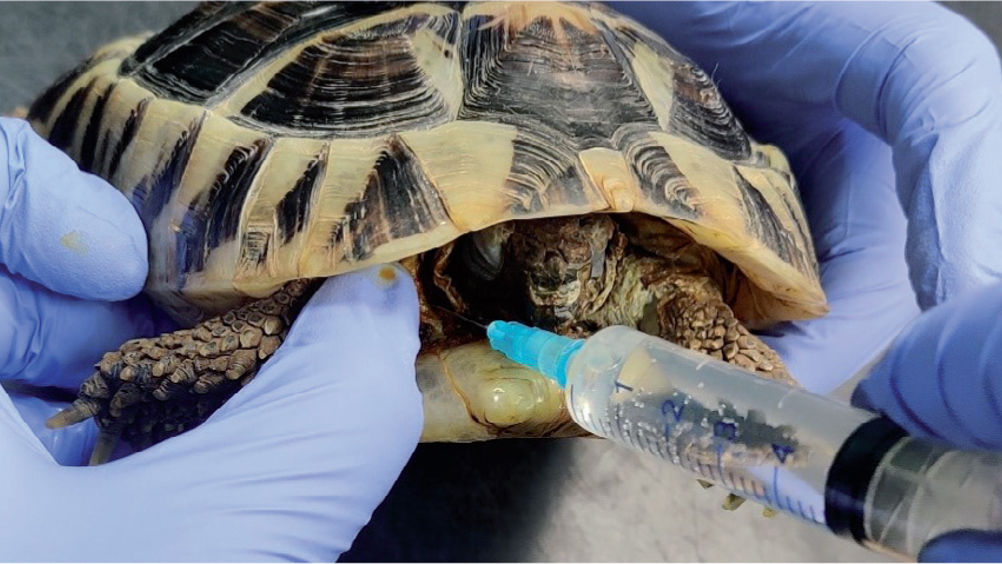References
Anaesthesia in exotics part 3: reptiles

Abstract
Anaesthesia in reptiles is slower paced than in other exotic species. However, anatomical differences mean that anaesthesia in these species is not straightforward. Nonetheless, once understood, reptile anaesthesia can be highly rewarding. There are approximately 10 000 known species of reptiles; therefore, this article will focus on the most common wider groups encountered in veterinary practice: snakes, lizards and chelonians. This is the third in a three-part series of articles designed to provide an outline of the principles of anaesthesia in exotics and instil confidence in the veterinary nurse to be an advocate for exotic animal care.
Anaesthesia in reptiles progresses at a slower pace compared with other exotic species; however, anatomical differences make anaesthesia in reptiles more complex. Once understood, though, reptile anaesthesia can be highly rewarding. There are approximately 10 000 known species of reptiles, so this article will focus on the most commonly encountered groups in veterinary practice: snakes, lizards and chelonians.
This is part three of a series of articles designed to outline the principles of anaesthesia in exotic species and to instil confidence in the veterinary nurse as an advocate for exotic animal care.
As with any anaesthetic procedure, equipment should be prepared and fully charged in advance to prevent avoidable failures during anaesthesia. As discussed in part 1 [Ayers, 2024), surgical loupes can be very useful for smaller patients to assist the veterinary surgeon in performing delicate procedures. Many reptiles become apnoeic after induction, which will be discussed in greater detail later; therefore, preparing a ventilator suitable for exotic reptile procedures is recommended.
Register now to continue reading
Thank you for visiting The Veterinary Nurse and reading some of our peer-reviewed content for veterinary professionals. To continue reading this article, please register today.

